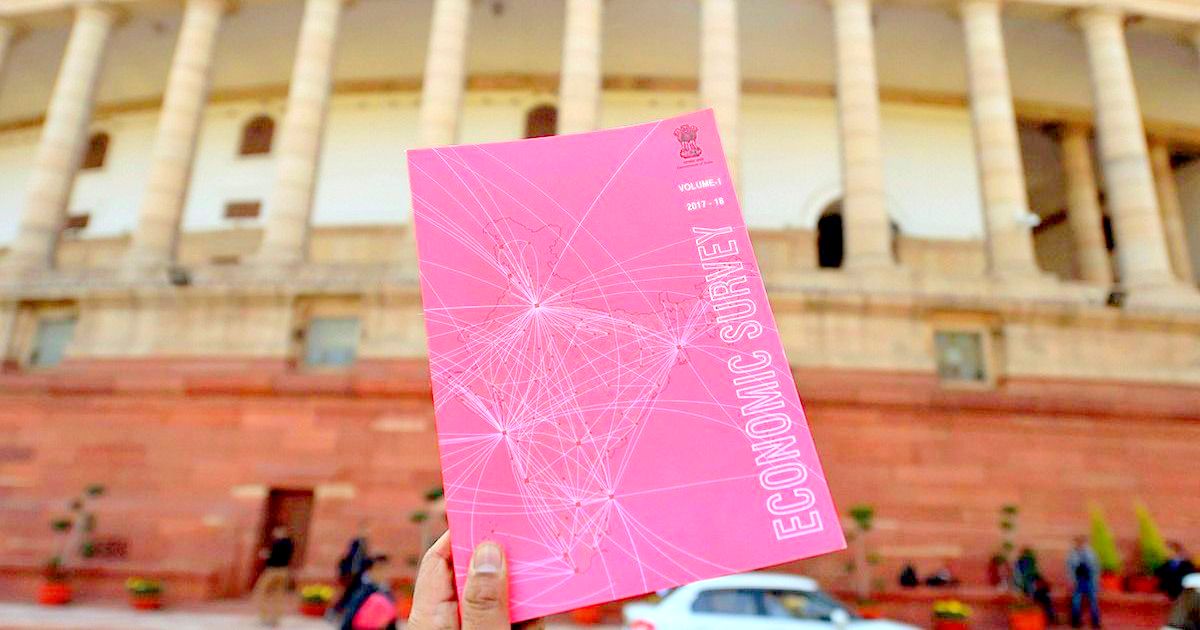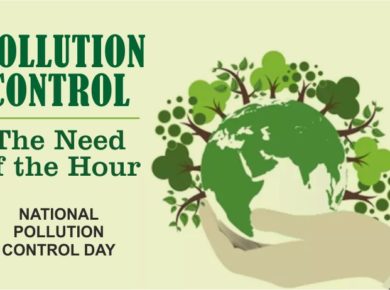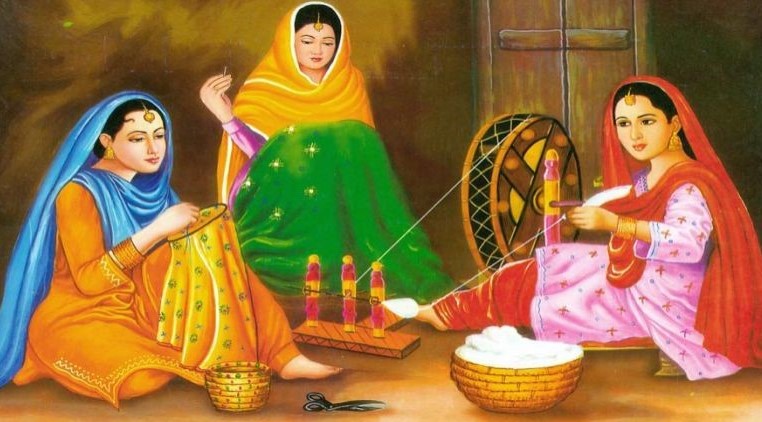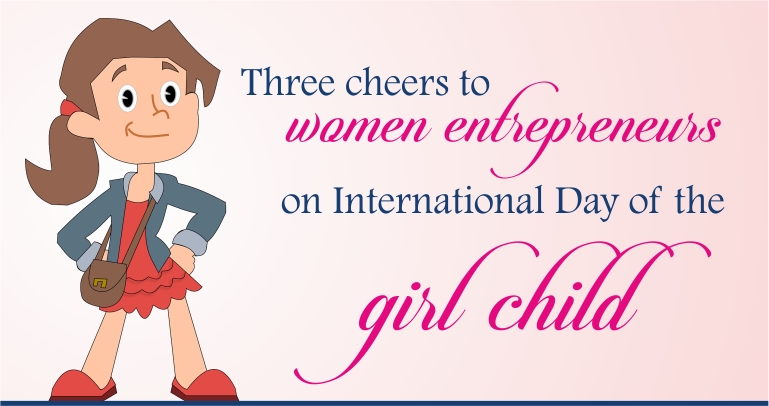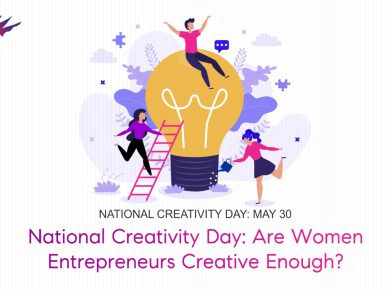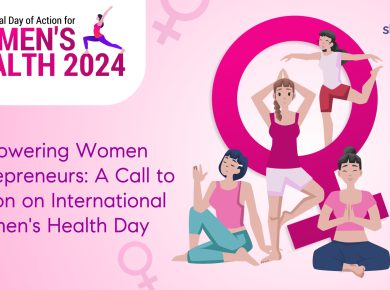It was significant that Chief Economic Adviser Arvind Subramanian had pointed out that this year’s document is in ‘pink’, colour, during the presentation of the Economic Survey 2017-18. He also highlighted the need for gender-specific measures pointed out in the survey. “Women play a significant and crucial role in agricultural development and allied fields. This is a fact long taken for granted. There is feminisation of agriculture sector because of growing migration of men from rural to urban areas. Gender-specific interventions are therefore required to support them,” stated the survey.
Taking into account the inherent gender equality, assessments were made based on three specific dimensions of gender – Agency (women’s ability to make decisions on reproduction, spending on themselves, spending on their households and their own mobility and health), Attitudes (attitudes about violence against women/wives, and the ideal number of daughters preferred relative to the ideal number of sons) and Outcomes (‘son preference’ measured by sex ratio of last child, female employment, choice of contraception, education level, age at marriage, age at first birth and physical or sexual violence experienced by women).
The economic survey, recognised India’s “son” obsession, in a bid to express solidarity towards women’s issues and empowerment.
The document recommends that Indians confront the “societal meta-preference” for a son, observing that the adverse sex ratio of females to males has led to 63 million “missing” women. To put it simply, Indians largely continue to have children till they have a son. This effectively leads to – reduction in the resources available to the girl child(ren) in most cases. In some sense, once born, the lives of women are improving but society still appears to want fewer of them to be born!
The survey points out that just as India is committed to moving up the ranks in ‘Ease of Doing Business’ indicators, a similar commitment should be made on the gender front. As far as women in the workforce are concerned, the survey reveals that the percentage of working women has declined over time from 36 per cent in 2005-06 to 24 per cent in 2015-16.
In a positive light, it can be seen that women empowerment and women’s issues seem to be high on the government’s agenda. Specially with Prime Minister Narendra Modi’s first ‘Mann ki Baat’ in 2018, which was dedicated to ‘Nari Shakti’ (women power). “Let me tell you that one daughter is equal to ten sons… The punya (good) we get from 10 sons, we get that from one daughter…,” PM Modi said.
Given the right attention, women can create an impact in business and society at large. More financially empowered women impact the economy, improve the GDP, and help to better their homes and society. Governments across the world, as well as various developmental organisations, are actively undertaking promotion of women entrepreneurs today, through schemes, incentives and promotional measures.
Meanwhile, women need to support and stand with their heads held high, without any feeling of being inferior. They need to push boundaries, to tread roads less travelled roads and break the stereotypes that hold them back. For, in the long run, in empowering women by improving their problem-solving capabilities and tools it can encourage their incremental creativity and innovation.
